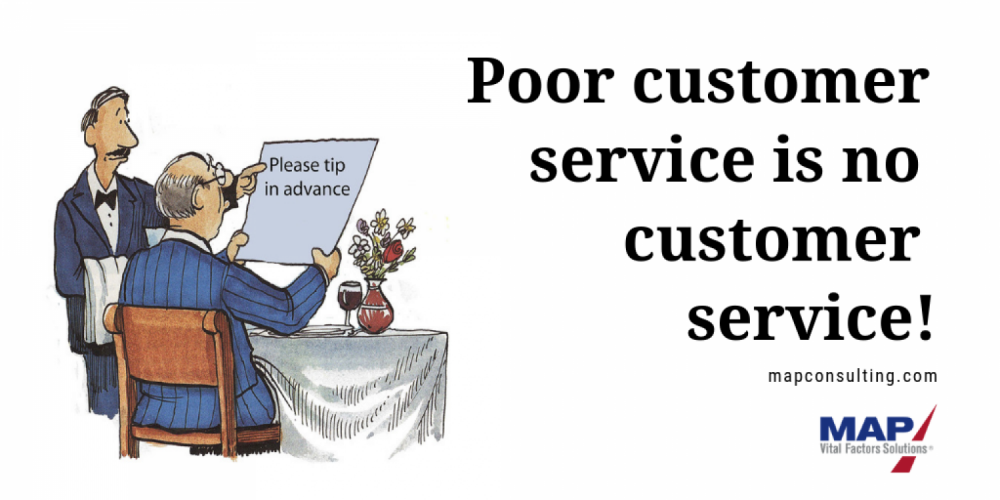Put Customers in the Crosshairs of Decision-Making
If your company is like most, its success is dependent in some degree or other on happy, loyal customers. But sometimes, organizations fail to see the importance of customer loyalty, and put those relationships at risk when service processes and people fail to meet customers’ needs. Once that loyalty is crippled or broken, the temptation is to apply a quick fix — some sort of superficial or cosmetic change to mask whatever has gone wrong. But customers are savvy. They can smell rotten eggs and WILL call you on your mistakes dangerously fast! So, avoid such pitfalls by being proactive about fixing the root cause of your company’s problems. And, most importantly, always put customers at the crosshairs of your decision-making. Good results will then follow along with happy, satisfied customers.
A great example of this recently happened with Netflix. The company decided to separate its services from one online hub into two — and in some cases charge its subscribers an increase of roughly 60% if they wanted to continue receiving the exact same services that they had enjoyed in the past. Furthermore, it sent its subscribers an email stating, “You don’t need to do anything to confirm your memberships,” as if Netflix was doing its subscribers a favor, despite complicating services and raising prices. Read more at Technolog.
BIG whoops. After the announcement was made, 800,000 subscribers almost instantly abandoned the company. But not before thousands voiced their extreme disdain, weighing down hard on the company through a number of blogs and membership feedback tools. Soon after, Netflix recanted its decision and decided not to change its business approach. While the company still managed to achieve higher profits that quarter, damage had been done. It lost nearly 1 million loyal customers and gained a reputation for greed.
What’s the moral of the lesson? Good leaders keep their companies “customer-centric,” managing decision-making and setting goals with a process discipline that supports at least meeting if not exceeding customer needs, wants and expectations. But that’s not all! Effective leaders also know that an engaged, aligned workforce that’s passionate about and committed to superior customer service and relationships is also key. When those two strategies come together, you’ve got a winning formula for building customer loyalty, the cornerstone to a superior organization.
Without this winning formula, companies suffer at some point or another, and the warning signs aren’t just limited to customer retention, loyalty challenges and distrust of leadership. But why go there in the first place? Avoid the drama and the angst. Keep it cool, keeping it customer-centric.
What are some additional “warning signs” that customer loyalty is at risk?



